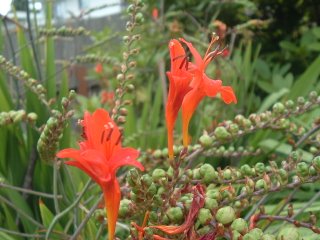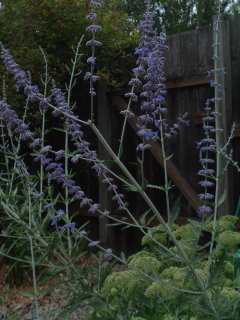"Babbling" juveniles (Bewick's Wren)
I've just posted two recordings of a juvenile Bewick's Wren "babbling" as it tries to reproduce the songs it hears. In the first, the babbling is mostly just a random set of whistles, squacks, and trills.
In the second recording, captured just a week later, the juvenile's singing is much more accomplished.
In the second recording, captured just a week later, the juvenile's singing is much more accomplished.


